Portrait Poses
There are three basic positions for someone’s head and face in a portrait.
- Front view
- 3/4 view
- Profile

Front view.
Photographer: Celeste Sloman
Three-quarter view.
Photographer: Celeste Sloman
Profile.
Photographer: Nadav Kandar
Expression
For family photos a smile is a must but not so for a portrait. It is however important that your subject look comfortable. It is your job as the photographer to talk with your subject and make them feel comfortable.
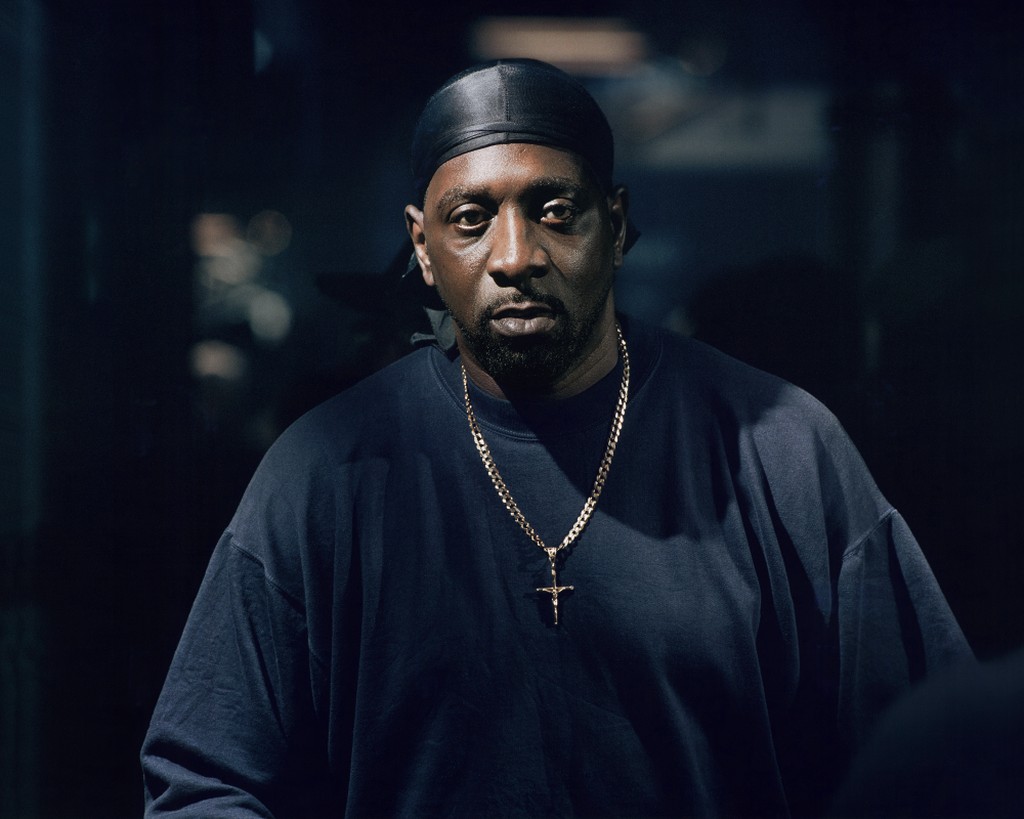
Photographer: Philip-Lorca diCorcia 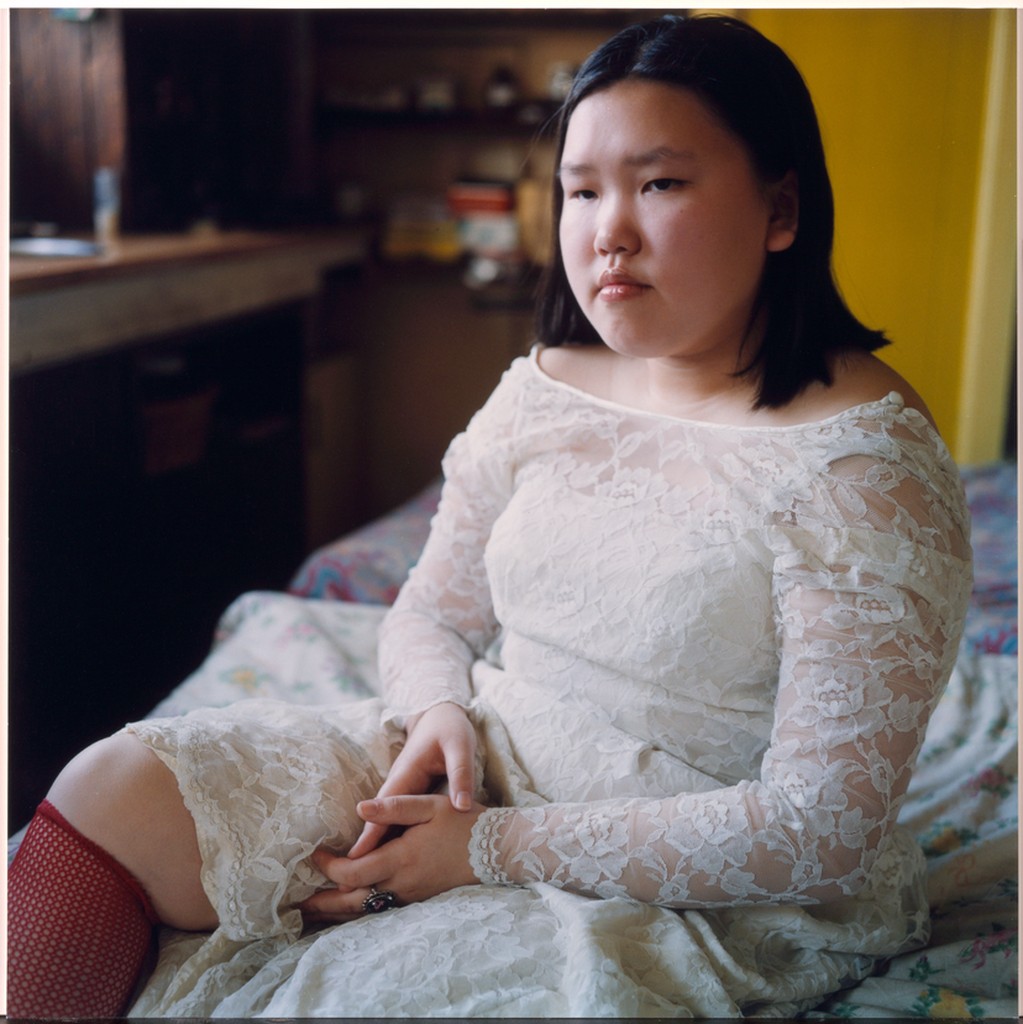
Photographer: Helene van Meene
Focus
When shooting a portrait, the subject’s eyes must be in focus. Full stop. Period.
Portrait Lighting Styles
There are a 5 basic lighting styles for portrait photography. Each style is defined by how light falls on the face.
- Rembrandt Light – the model is face forward, main light is at 45 degrees and casts a light on the opposite side of the face to form a triangle on the cheek.

2. Broad Light-model’s face in 3/4 view-light falls on the side of the face with the visible ear. Good for controlling the reflections on glasses.
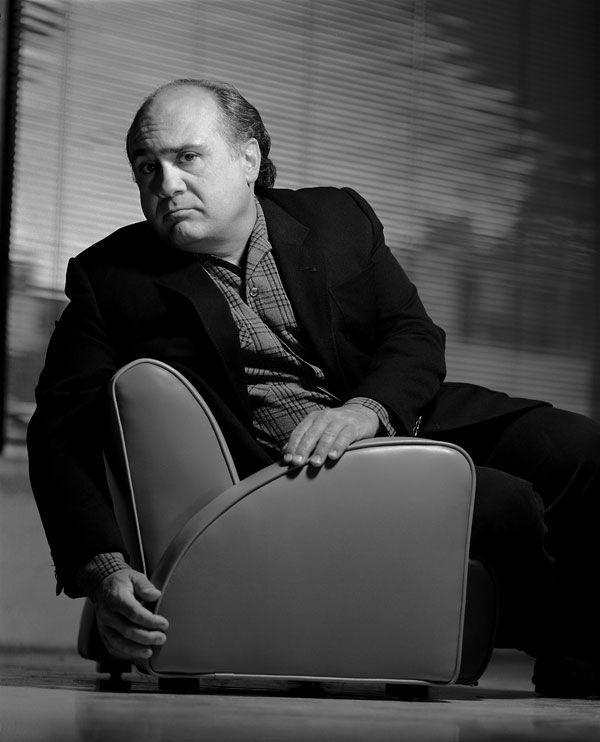
3. Short Light-model’s face is in 3/4 view, the light falls on the side of the face with the features. (Not on the side with the visible ear.)
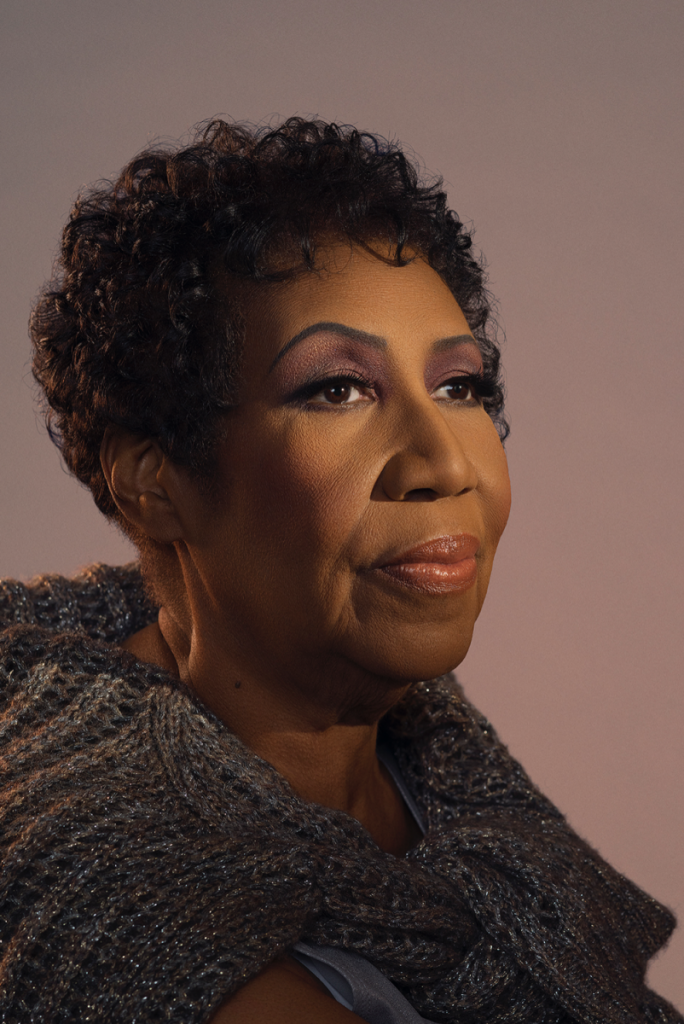
Both of these are examples of short light.

4. Butterfly Light, Clamshell or beauty or glamour light-model is face forward, front light.

5. Split Light-model is face forward, the main light is at 90 degrees to the camera and falls on one side of the face.
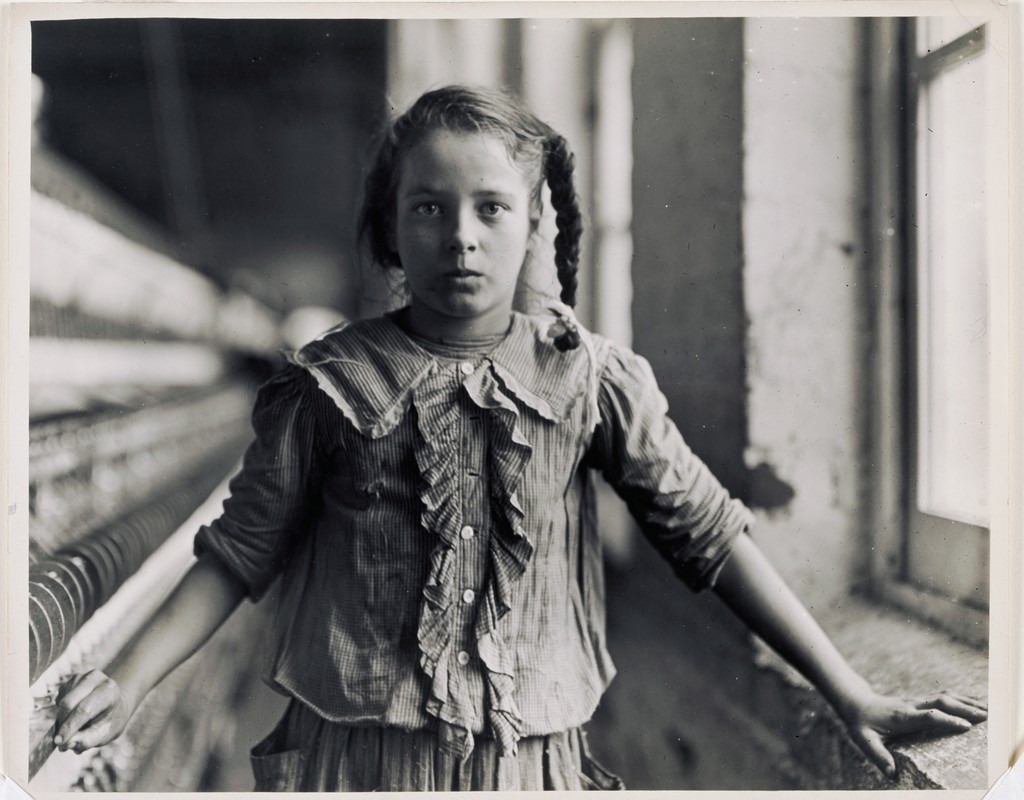
Inspiration

Photographer: Mark Seliger 
Photographer: Arielle Bobb-Willis 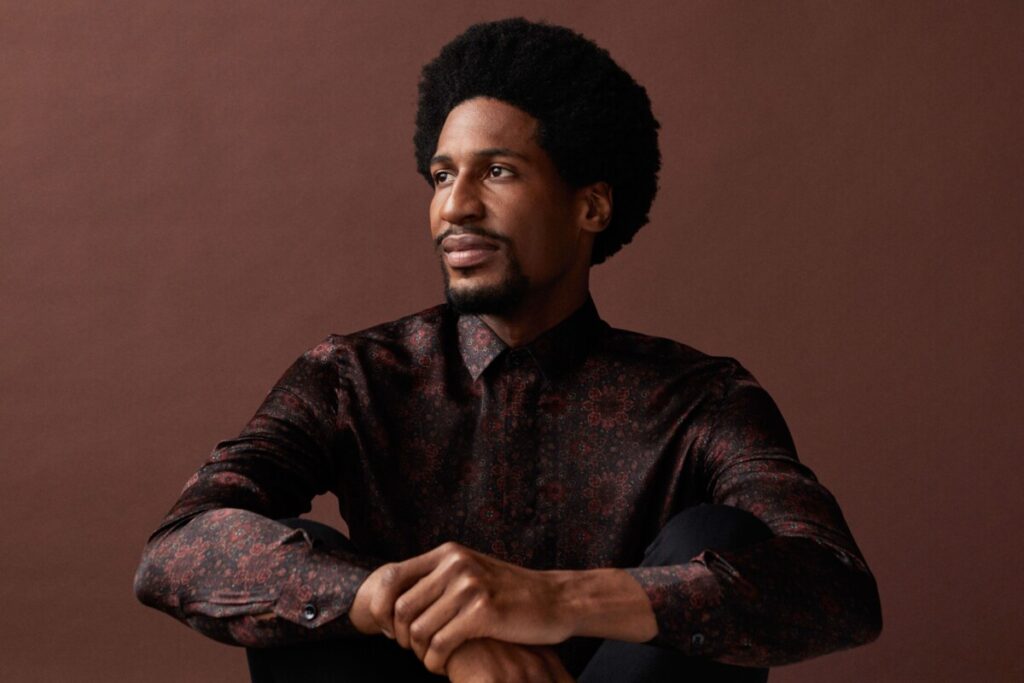
Photographer: Oliver Schrage 
Photographer: Josefina Santos 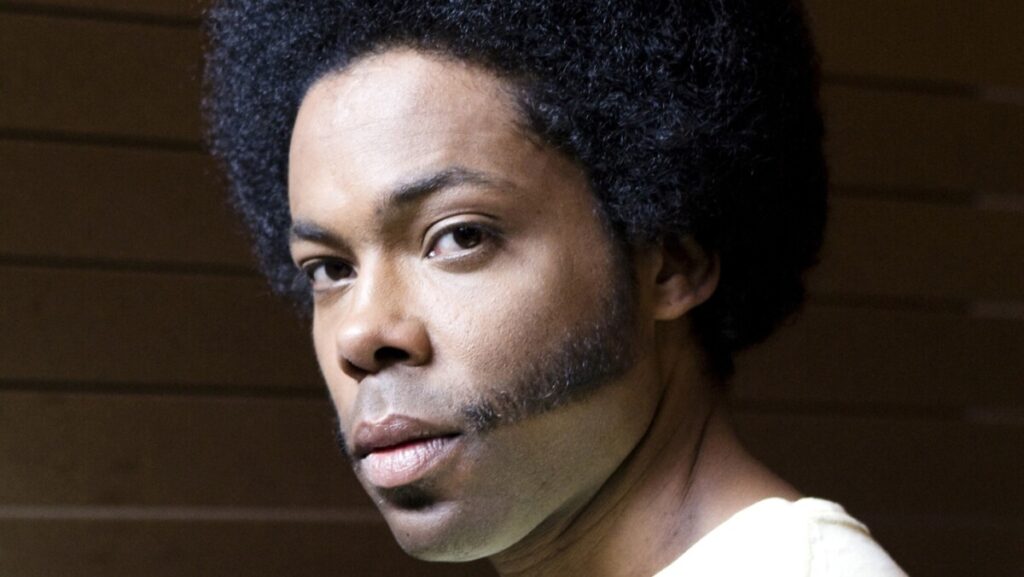

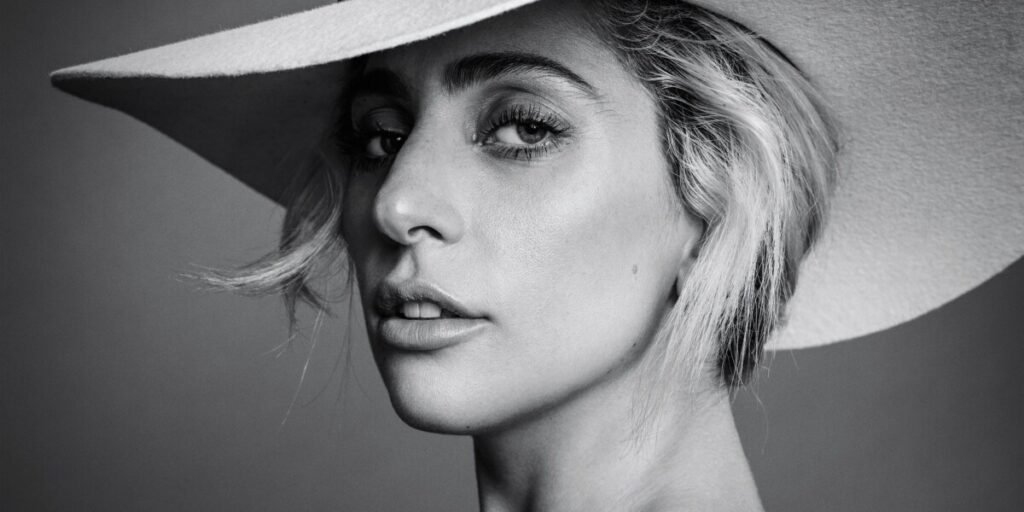
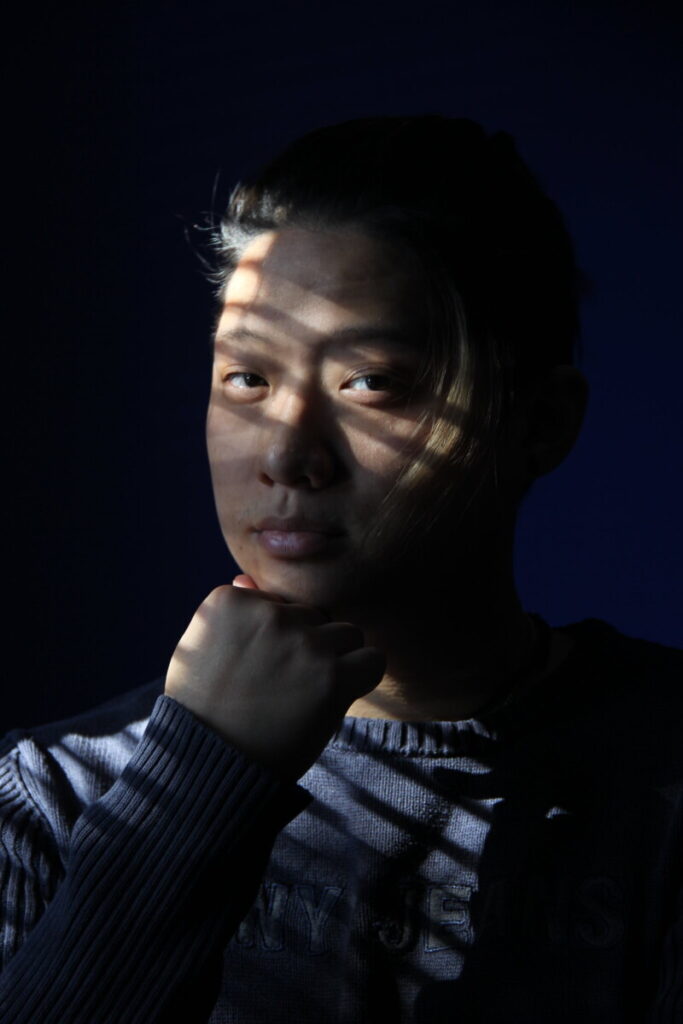
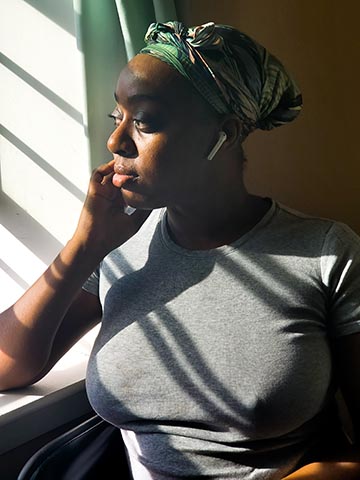
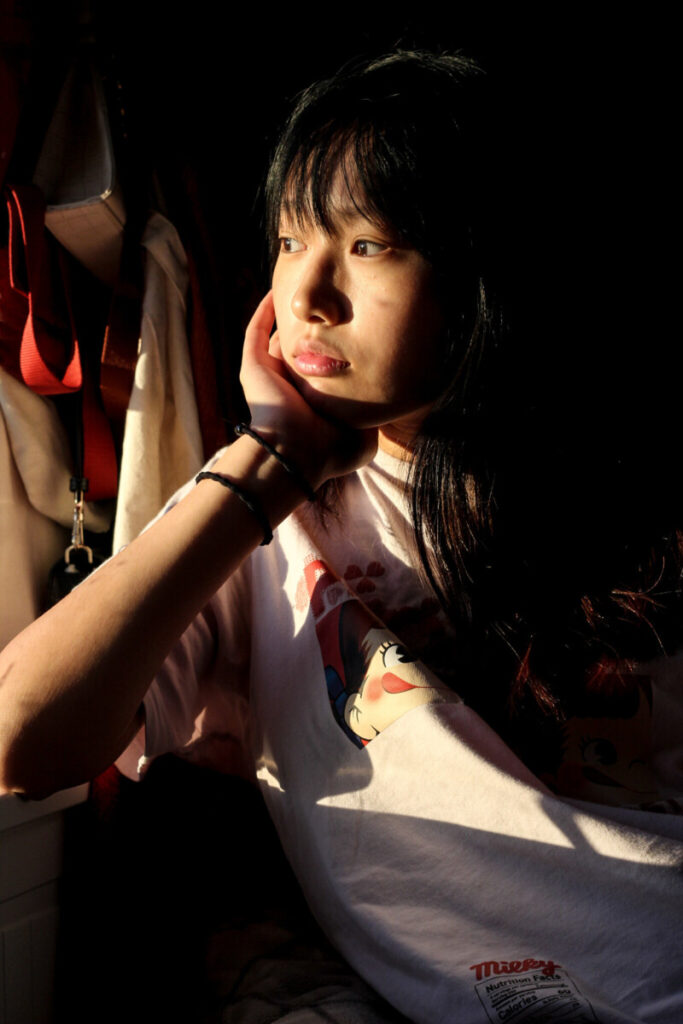
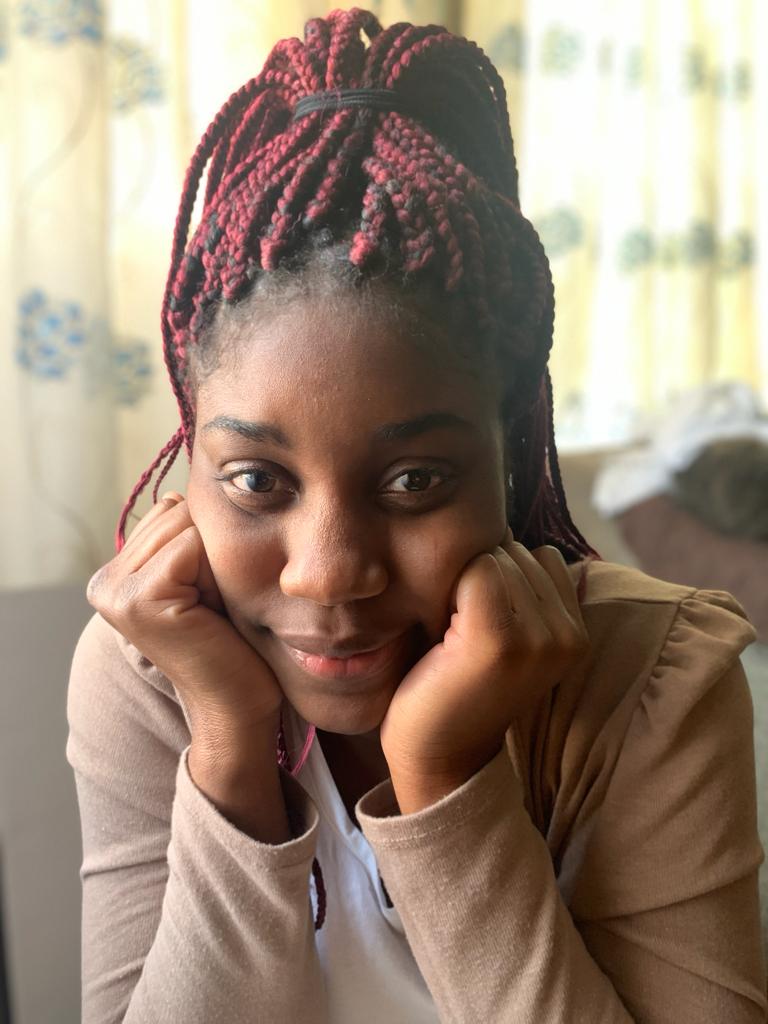
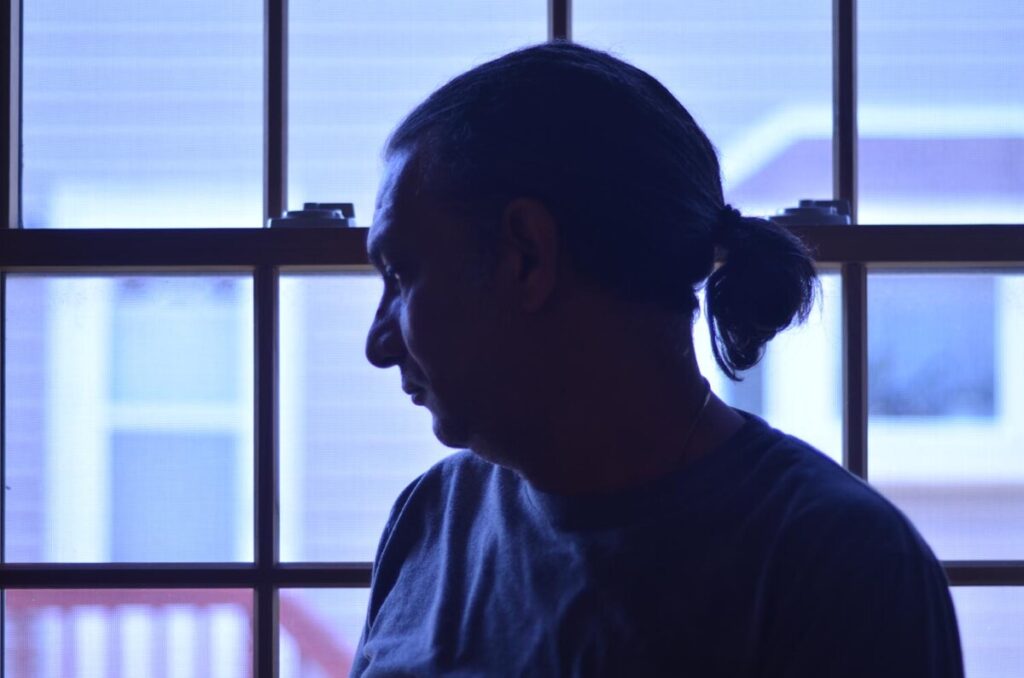
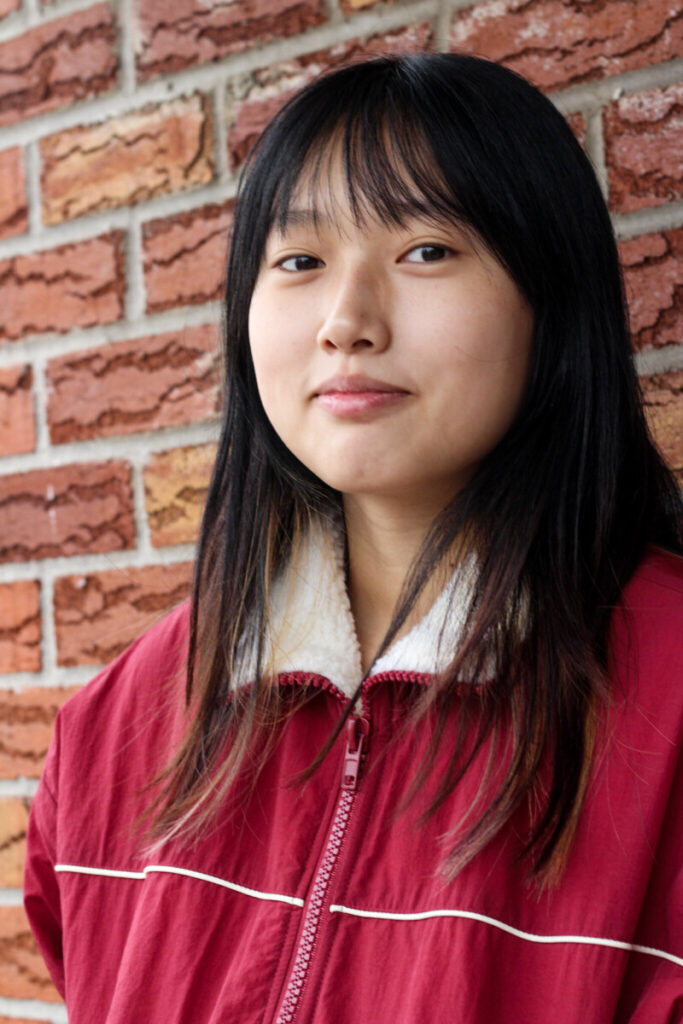
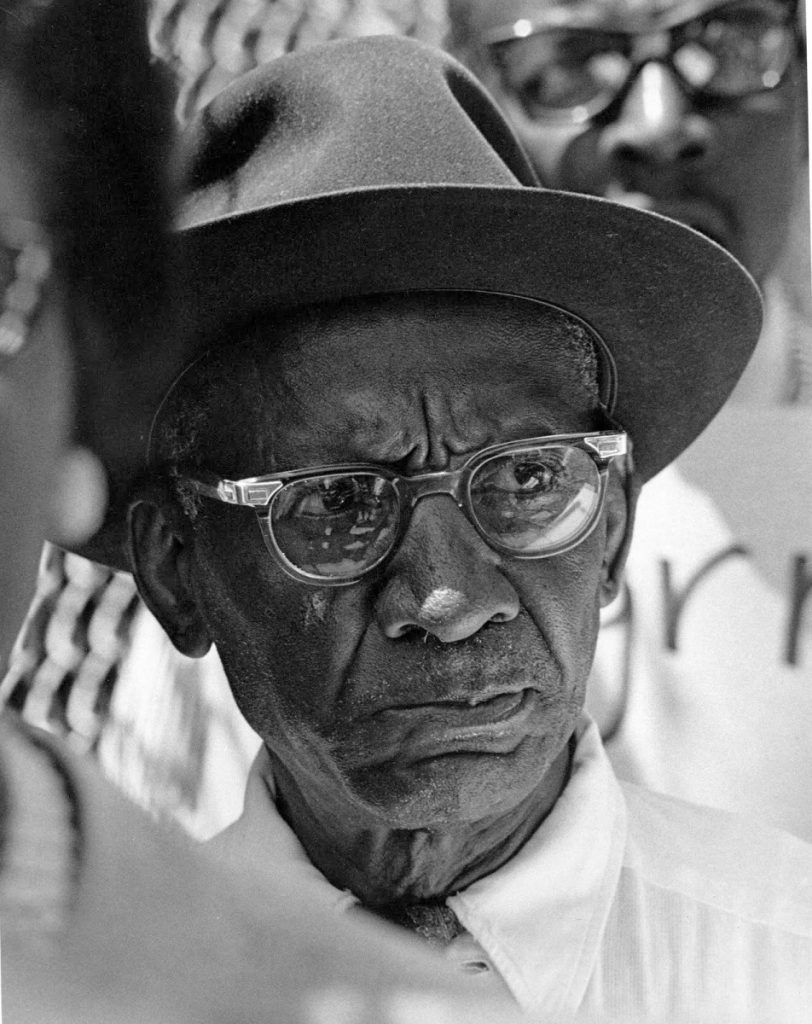
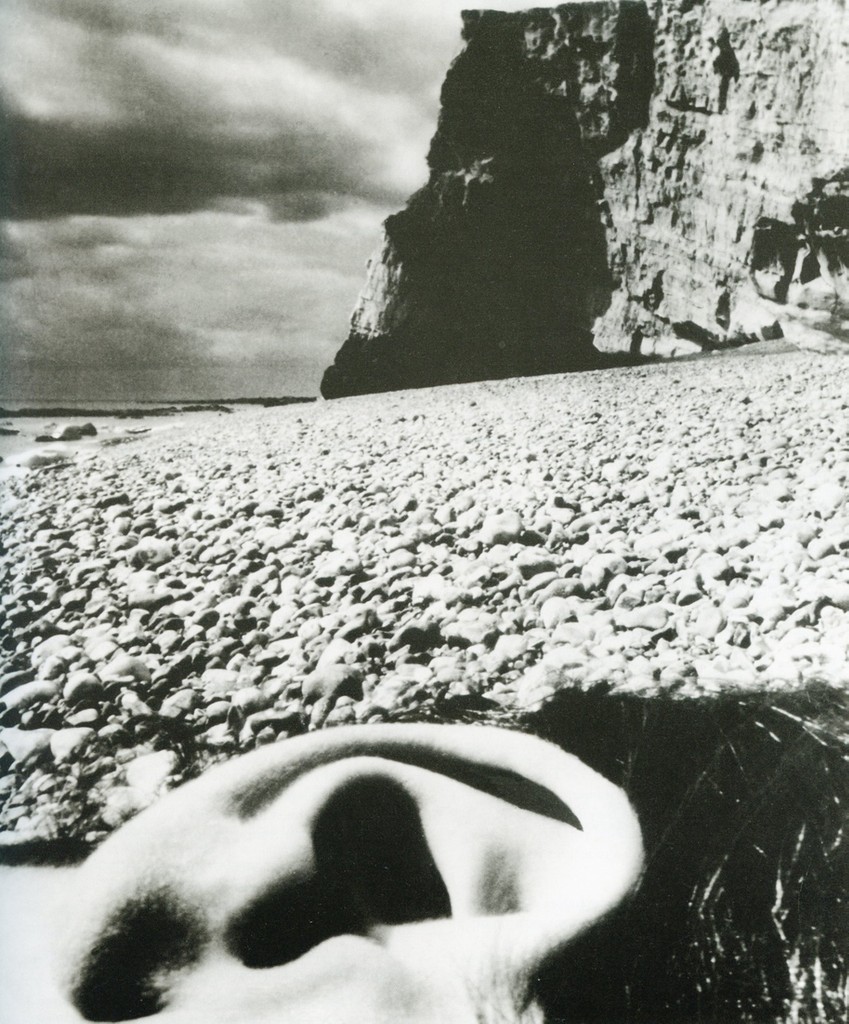
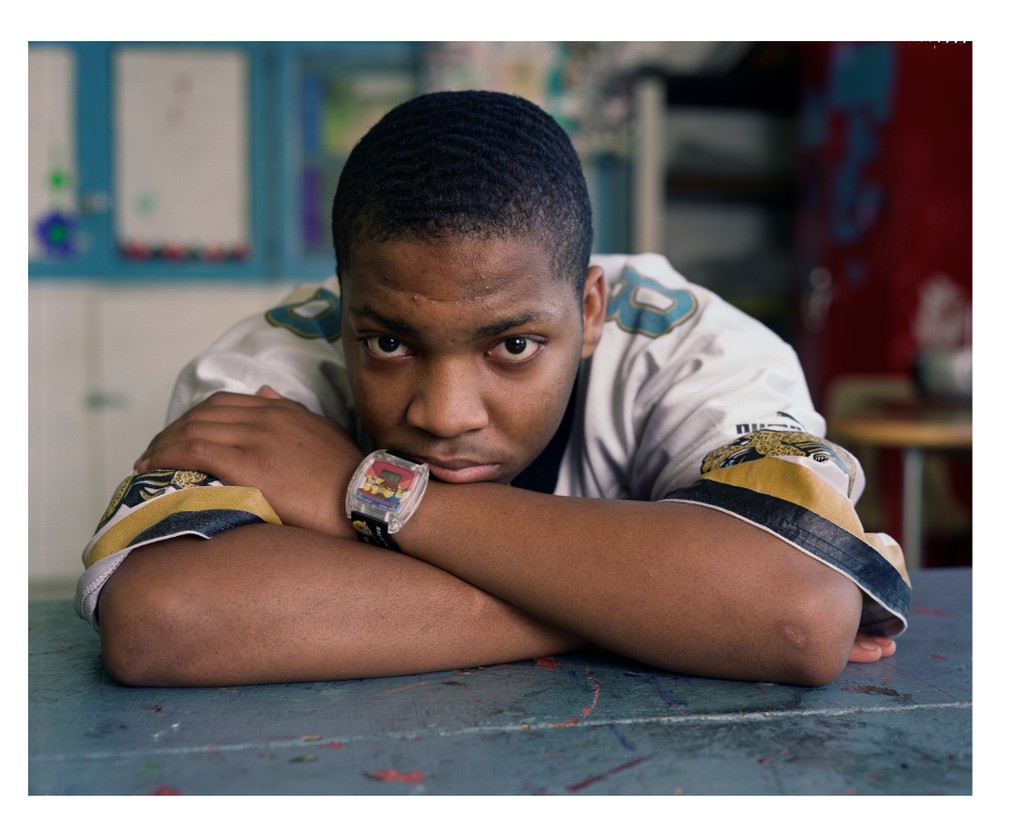



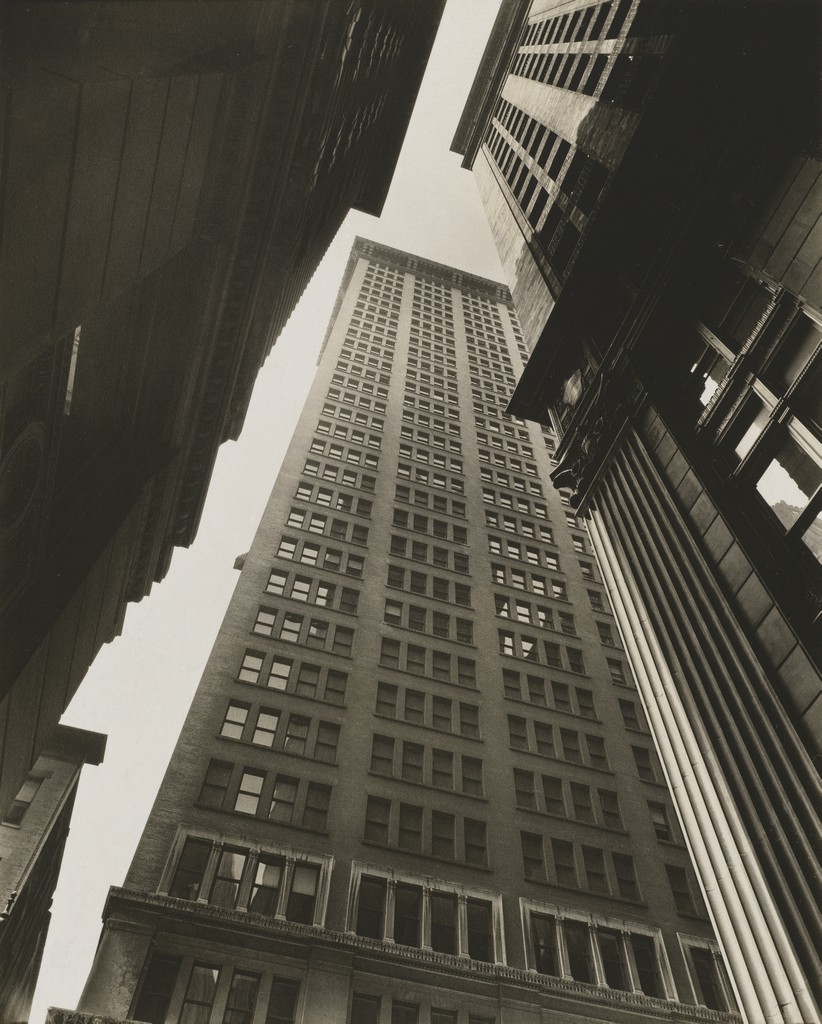
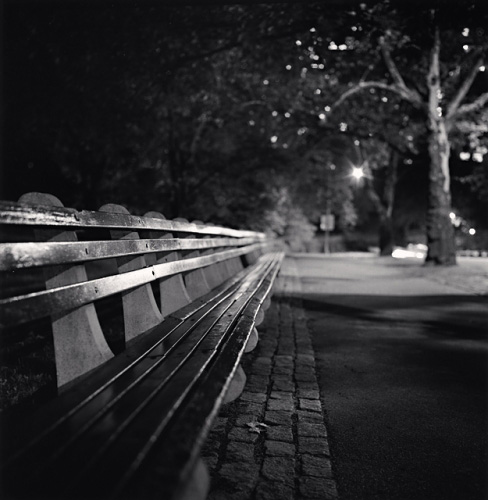




Recent Comments